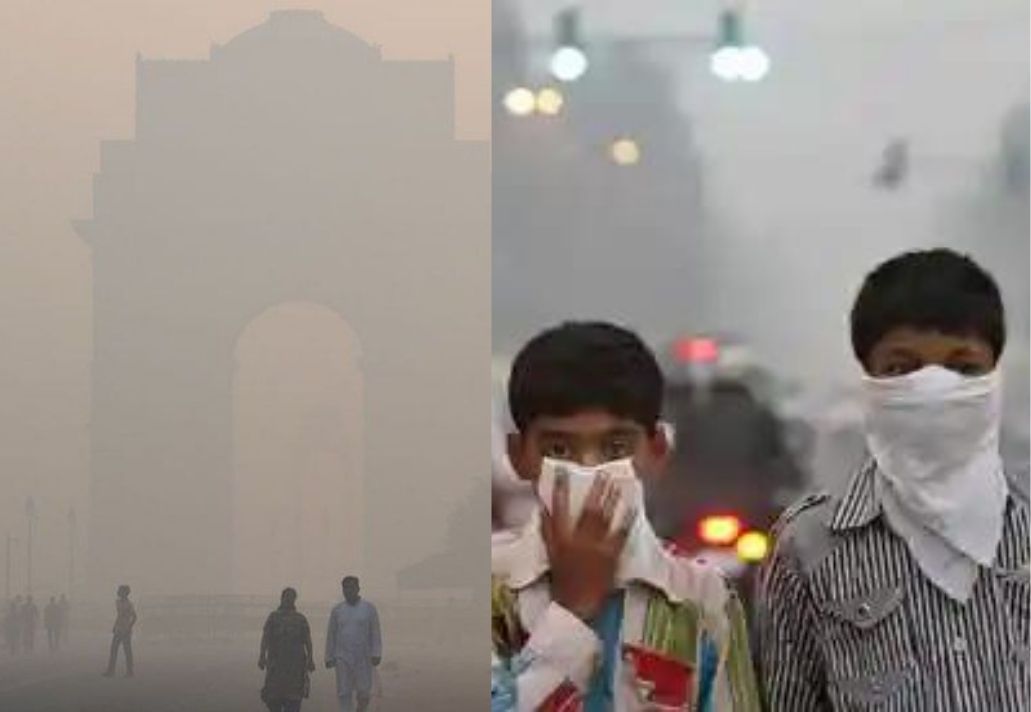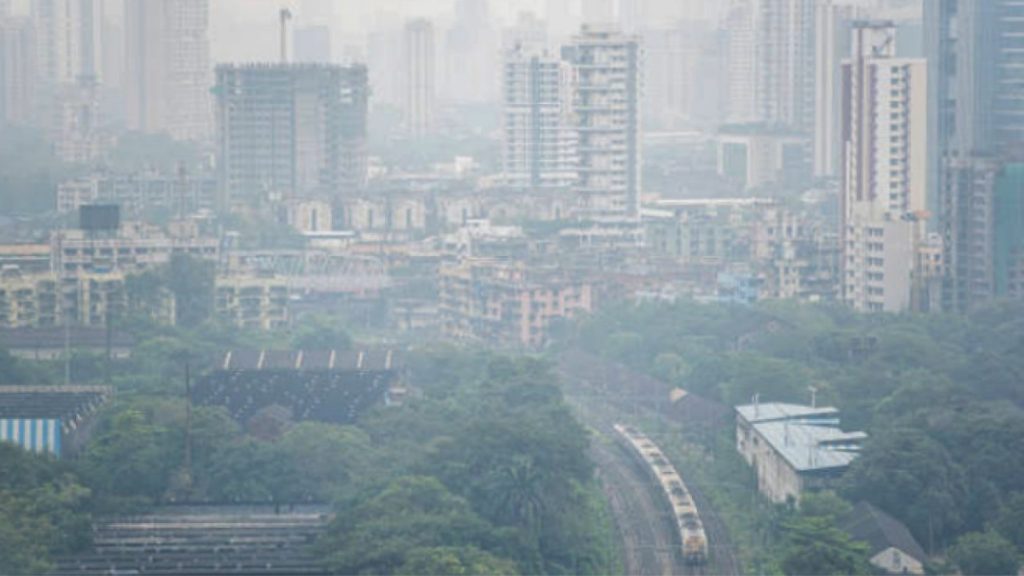The Union government has implemented the fourth stage of the Graded Response Action Plan (GRAP) to combat the pollution, with the air quality in Delhi continuing in the “severe” category and climatic conditions anticipated to worsen it further in the coming days.

SAFAR reports that on November 3rd, 34% of the fine particulate matter (PM2.5) levels in Delhi were caused by stubble fires. PM2.5 is an atmospheric pollutant released during construction and fossil fuel burning. This is the highest level we’ve seen all year.
However, that’s not the end of the bad news; the forecast for the following few days is bleak as well. The government’s air quality warning systems have issued a “serious” alert, and it’s expected to last until November 5.
Delhi’s Air Quality Index (AQI) remained in the 400s on November 3, a level at which it begins to negatively effect both healthy people and those with preexisting medical conditions. There was an AQI of 510 at 9:30 p.m. on November 3. Physical pain was another complaint from Delhi’s people on that November 3rd day of bad air quality.
Specific limits under the fourth stage of GRAP (in addition to the existing restrictions set by stage I, II, and III) were imposed with immediate effect by the Sub-Committee of the Commission for Air Quality Management in NCR and Adjoining Areas (CAQM) in an emergency meeting. In response to the extreme levels of pollution in the nation’s capital, the GRAP imposes a number of regulations.

The current regulations prohibit the entry of any vehicles into Delhi other than those powered by compressed natural gas (CNG) or electricity, as well as those transporting critical goods or rendering important services. Medium and heavy cargo trucks powered by diesel that are registered in Delhi are also banned from the roads.
Also, at this time, operations must be halted in any facilities that use energy sources other than PNG (piped natural gas). But businesses that produce “life saving medical equipment/devices, medications and treatments,” like milk and dairy plants, are free from these regulations.
The state administration now has the option of letting government, municipal, and commercial offices operate with half their usual staff and letting the other half work from home. Additional emergency measures may be considered, such as the closure of schools, colleges, or educational institutions; the suspension of non-emergency commercial activity; and the implementation of a strict odd-even schedule for automobile traffic.
People with respiratory, cardiovascular, cerebrovascular, or other chronic disorders, as well as young children and the elderly, were specifically urged by the CAQM to remain indoors “as much as possible.”
More GRAP measures will be decided upon by the CAQM on November 6 depending on the air quality prediction and other meteorological indicators. The Air Quality Early Warning System predicts that Delhi will continue to experience “severe” air quality levels until November 5.

A government press statement dated November 3 also said, “As per the dynamic model and weather/meteorological projection, the overall air quality over Delhi is projected to stay in the’severe’/’severe+’ category from 03.11.2022 to 05.11.2022.
However, a statement from the Central Pollution Control Board dated November 3 warns that “extremely bad” air quality is expected to persist for another six days. There were 3,634 and 166 incidences of stubble fires in Punjab and Haryana on November 2, respectively, up from 1,842 and 88 the day before. Since air quality had worsened, the CAQM had imposed GRAP Stage 3 on October 30.

